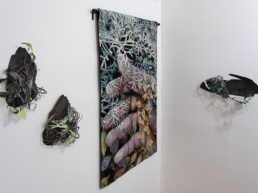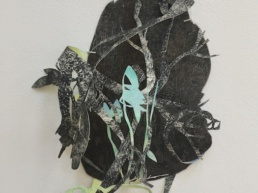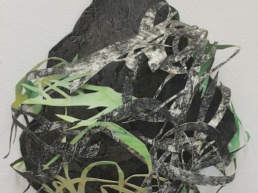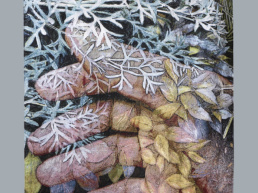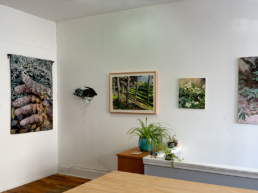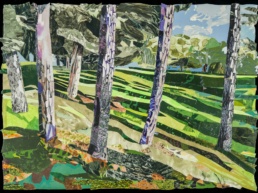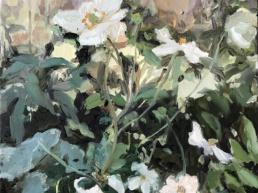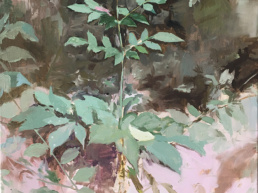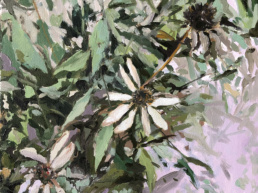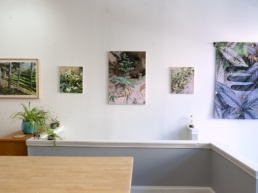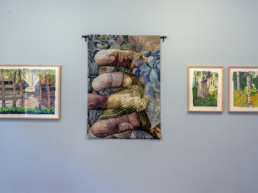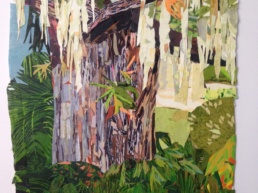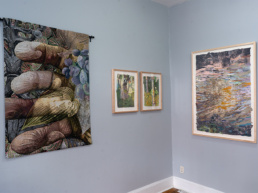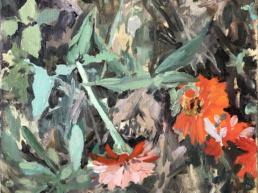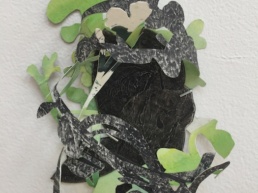Flourish
Cynthia Back, Steve Donegan, Marisa Keris, and Heather McMordie
March 20-May 23, 2020
View the available works in this show in our online store.
“Flourish” is a celebration of the diverse colors and forms found in the plant kingdom. Cynthia Back, Steve Donegan, Marisa Keris, and Heather McMordie explore a variety of media from traditional to transformative techniques, suggesting the unfurling, growth, and evolution of both wild and cultivated vegetation.
Marisa Keris employs expressive, painterly markmaking in her depictions of dense thickets, underbrush, and wildflowers. The lush layers of oil paint echo the overlap of foliage and shadows, memorializing the plants she cultivates. The act of gardening itself, as well as the sensitive manner in which she captures light through leaves, suggest an urge to reconnect with and better understand nature in an increasingly mechanized world.
Steve Donegan combines traditional and high-tech methodologies in his digitally generated tapestries. He bases the tapestries on digital collages mixed with photographs he takes of his garden. The collages are transformed into mechanically-woven tapestries in which a mere 6 colors of overlapping threads create the illusion of infinite hues. The optical mixing of these colors employs the same principles used by pixelated images and impressionist painting.
Cynthia Back subverts conventional printmaking by recombining fragments of her woodcut prints and etchings into meticulously detailed collages. Slivers of colored paper create a wonderful sense of light and form from a distance, and closer inspection reveals additional visual textures and patterns from the source prints.
Heather McMordie takes this transformative approach to printmaking one step further. Inspired by the forms of aquatic plants along the Schuylkill River, McMordie makes collagraph plates on chipboard, which she prints in black on paper. She then paints the reverse side of the prints, then cuts them into tendrils, grasses, and vines. She curls the resulting forms in on themselves and adheres them to the chipboard, which serves as a base by which the pieces are anchored to the wall. Like a sapling emerging from a seed hull, the printed papers sprout from the textured surfaces that produced them. Shifts in lighting alter shadows and create the illusion that the sculptures have changed positions like plants following the sun.
Read our mention in “The Philadelphia Inquirer,” along with other notable shows to see this spring.

